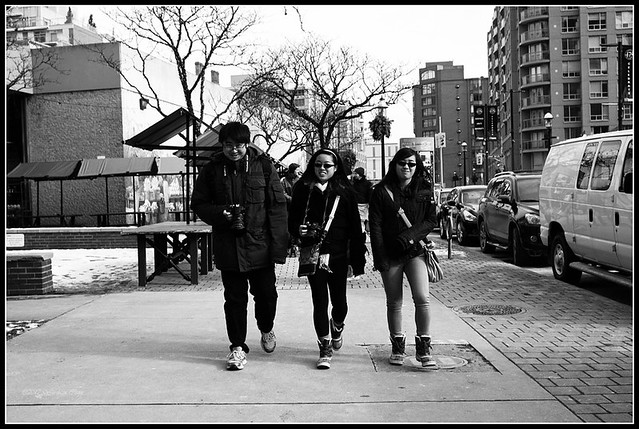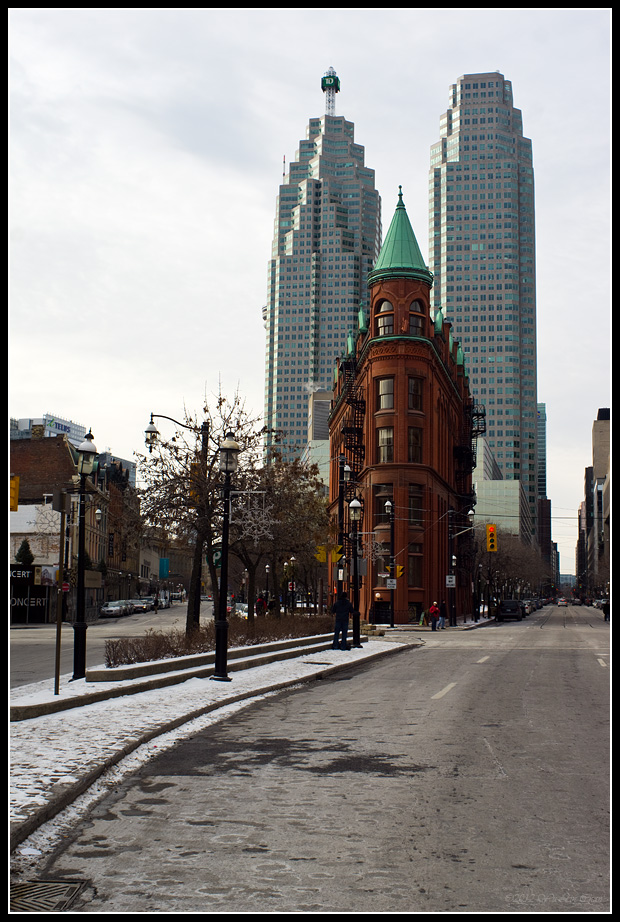I like Kiron lenses. No nonsense design, well made, and optically good though not phenomenally good. They only have one fatal flaw -- oil in aperture blades after a few years of use. I had a 28mm f2 Kiron lens that had oil in the blade. This 24mm f2.0 also had oil in the blade. In fact, it's so bad that aperture can not be closed down manually.
Bought this lens from the last camera show for $25, thinking that it's worth fixing it for $25 for such a wide and fast lens. I finally got the courage (and time) to open it last weekend. It sat in two small plastic bags for a whole week, because I could not remove the rear element group. The aperture blades themselves are even harder to get access to. At the end, I decided to remove most of the parts except the front elements group and the apertures. The rear group of lens came off after some considerable effort. After removing the rear group, I had access to the apertures. They were almost soaked in oil.
Since I could not remove the blades, I did the only thing I could -- dabbed lighter fluid on the blades as they were and then rapidly open and close the blades many times. This allowed the lighter fluid to flow to both sides and dissolved the oil. Repeated this a few times and finally the blades were free of oil. The lighter fluid evaporates without much residue. Cleaned up the lens elements and put the rear group back, and reassembled the lens.
The hardest part was adjusting infinity focus. There are two parts where you need to be careful. When putting back the focusing helicoid and adjusting focusing screws. First time after I put it back, it could not focus to infinity. After about three tries, I was very close. The lens now focuses slightly past infinity, which is ok. I now know where it I could adjust it more finely and I will get it just right the next time.
Took the lens to work but it rained at lunch time and therefore didn't get a chance to do any shooting. On my way home, I decided to drop by the Gooderham Flatiron. It was raining but not too badly. I had a nice Konica 24mm lens hood on the lens to shield the rain (and flare). It was difficult focusing because rain kept falling on my glasses. Didn't get a lot of keepers, but happy to have a few.
I noticed today that the street lights across from the Flatiron are turned off every 10 minutes or so, for a couple of minutes. This is a very nice consideration for the photographers, because when the lights are on, with wide angle lenses, you will get flare and unwanted lights that distracts from the beauty of the Flatiron. Next time you are there, just wait a few minutes for the lights to go off, and then take your pictures.
Very happy with the sharpness of the lens. Slightly soft at f2 but hey, it's an old lens and 24mm wide angle! Stopped down to f2.8 and it feels like a completely different lens. At f4, it's excellent. It's hard to judge colour at night, but it looks OK to me. Even the edge is very good, on full frame.
Will post some day light shots when I get a chance.
All pictures were shot hand held at ISO 1600 f2.8, except the first one at ISO 3200 f4 on the Canon 5D. Click on the picture to see a larger version.


















